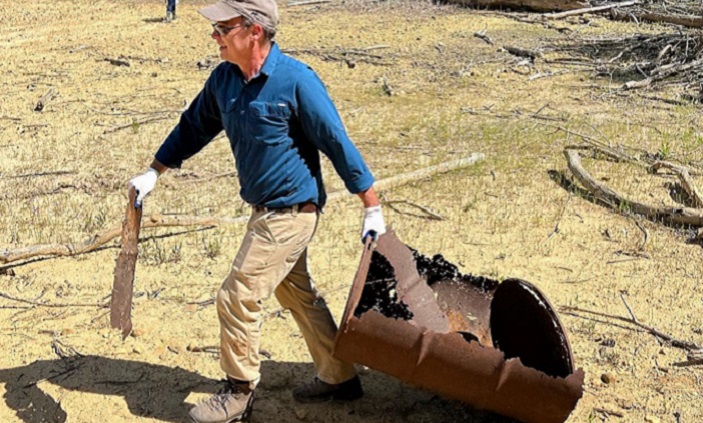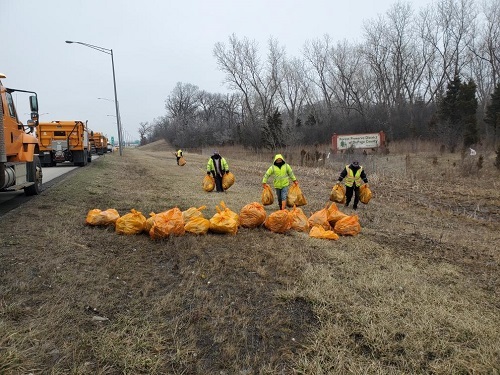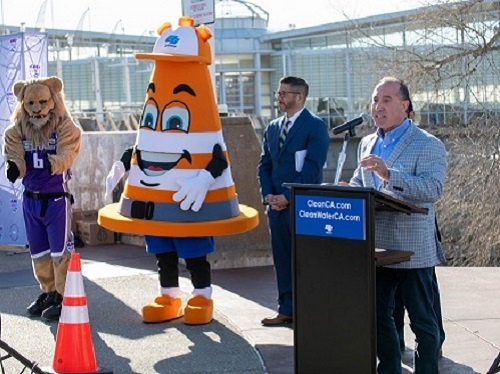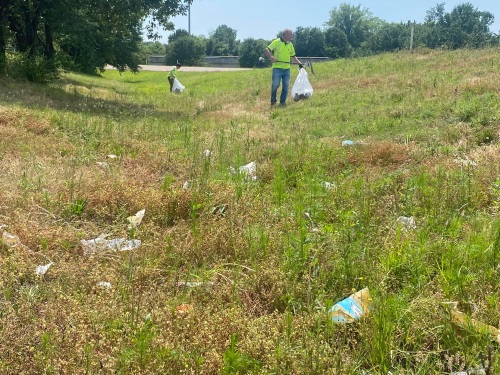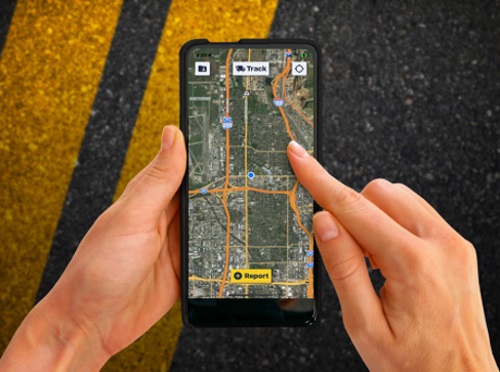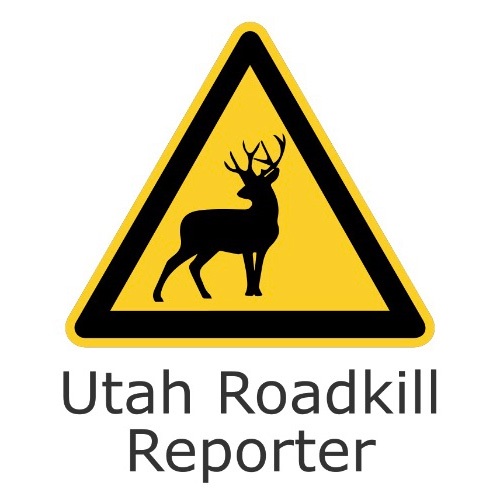The Washington Department of Transportation recently devoted a blog post to 79-year-old Paul Hampton, who has been cleaning up debris along state roadways as an Adopt-A-Highway volunteer for the last 27 years.
[Above photo by WSDOT]
Hampton originally decided to volunteer his time to pick up litter as part of the Adopt-A-Highway program in his community in 1996 – joining a volunteer litter cleanup crew organized by the Forks Elks Lodge.
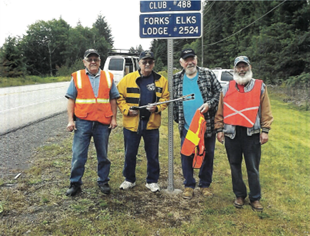
Hampton moved to Washington State from Florida in 1980 and began getting involved in his local Elks Lodge, attracted to the group’s vision for ongoing community service.
He soon learned about WSDOT’s Adopt-A-Highway program and decided the Forks Elks Lodge needed to adopt a local stretch of highway in town to help keep their little corner of the Evergreen State clean and welcoming to visitors.
“It started as a group of people picking up trash along US 101 in town,” Hampton explained. “Then the local hospital thought it was a good idea to adopt a small stretch too.”
The community soon rallied around the idea of being part of something bigger and committed to routine litter cleanups. Before Hampton knew it, he said people from all across the Olympic Peninsula recognized the value in picking up litter.
“A group of women decided to participate in the Adopt-A-Highway program, so we had a friendly competition going with them too,” he pointed out.
Why do all this? Hampton explained that it’s part of the creed he lives by as a retired Navy veteran and from working for the Washington State Department of Natural Resources – “help people and make the world a better place,” he said.
WSDOT noted that in 2022 alone, agency crews, partners, and volunteers collected 1,402 tons of trash along state highway rights of way – roughly 152,500 bags of litter.
As of July 20, 202023, WSDOT said that – again, along with its partners and volunteers – it has collected 1,800 tons of trash and expects to surpass the total amount of trash gathered in 2022.



